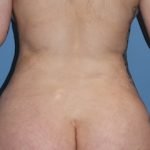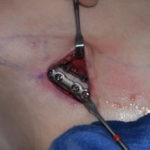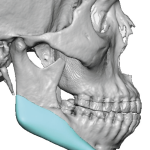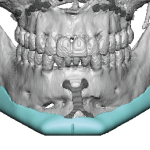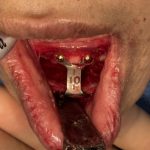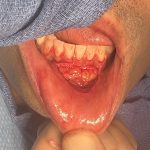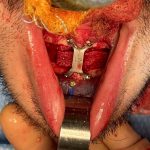The Effects of a Chin Implant vs Sliding Genioplasty on the Labiomental Fold
The labiomental fold is an important aesthetic soft tissue component of the chin that is affected by any form of chin augmentation…either favorably or unfavorably. While it may not be the major reason one chooses between the use of any implant or bone movement for their chin augmentation it can have a role to play Read More…

